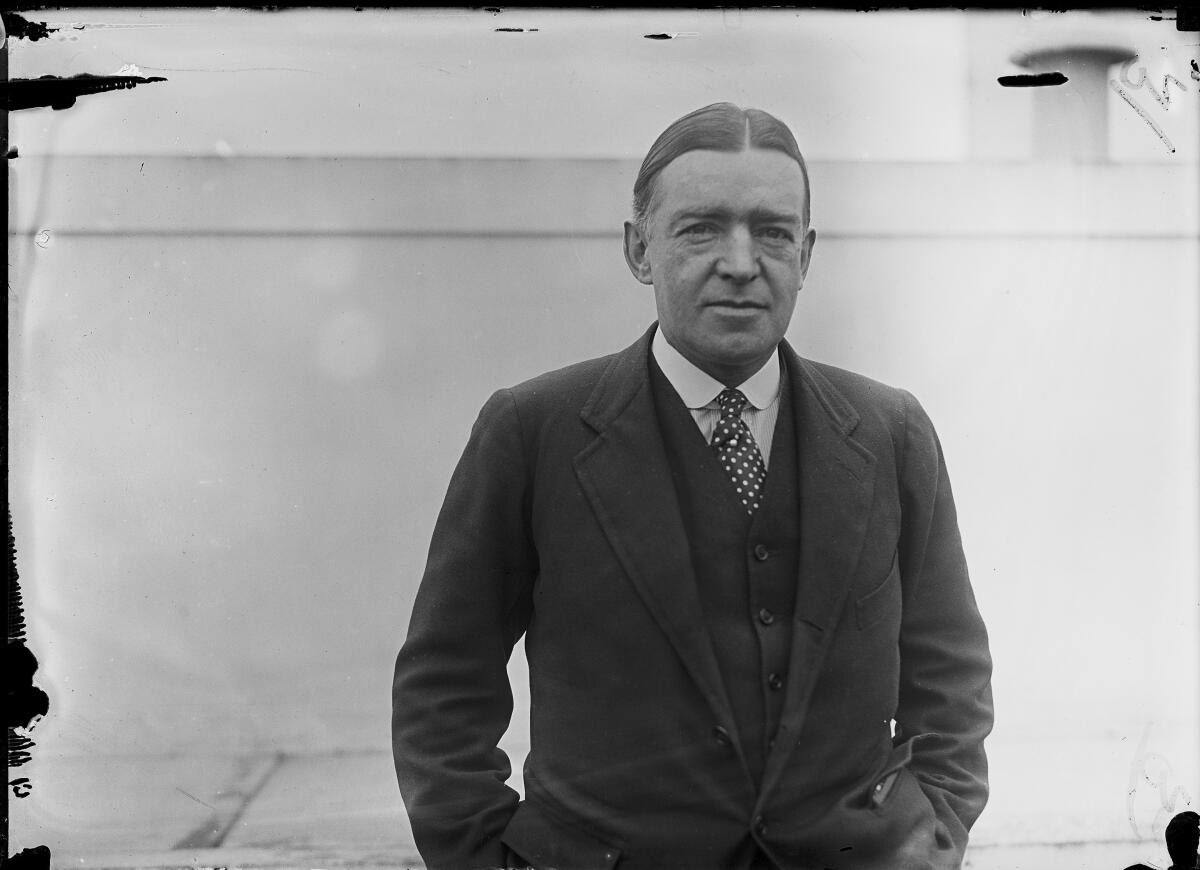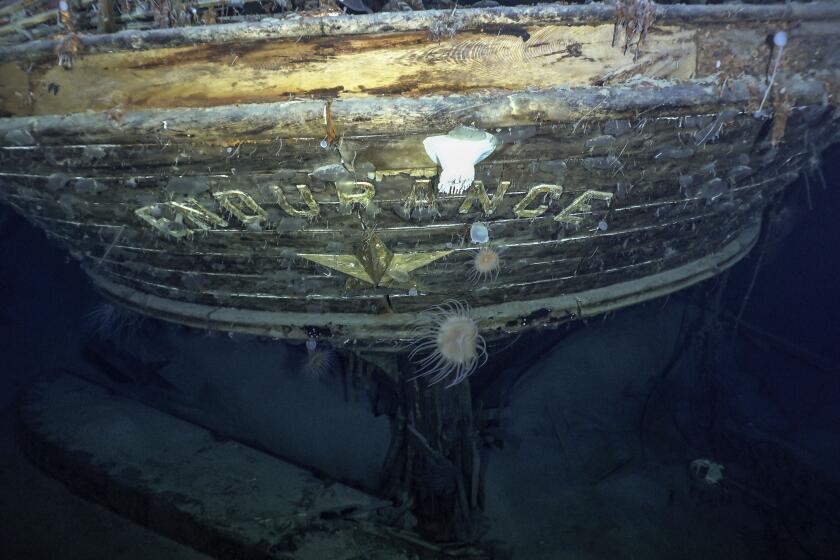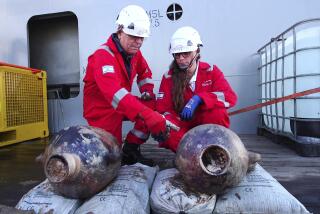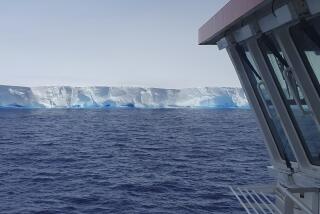Wreck of the last ship of famed explorer Shackleton found off Canada’s coast

ST. JOHN'S, Canada — The wreck of the last ship belonging to Ernest Shackleton, a famous Irish-born British explorer of Antarctica, has been found off the coast of Labrador in Canada, 62 years after it went missing. The wreck was found by an international team led by the Royal Canadian Geographical Society.
The Quest was found using sonar scans on Sunday evening, sitting on its keel under 1,280 feet of churning, frigid water, the society said. Its towering mast is lying broken beside it, probably cracked off as the vessel was sucked into the depths after it struck ice on May 5, 1962.
“I heard that some Americans were interested in finding Quest, and I just had this picture in my mind of a few billionaires on yachts, up in the Labrador Sea,” John Geiger, leader of the Shackleton Quest Expedition and the chief executive of the Royal Canadian Geographical Society, told an audience at the Memorial University’s Marine Institute in St. John’s, Newfoundland, on Wednesday.
“We’ve done it the right way. It’s not about anyone’s ego, it’s about telling great stories and celebrating some of the finest human attributes,” Geiger said.
Shackleton’s 1914-16 attempt to become the first person to cross Antarctica via the South Pole failed — he never set foot on the continent.
He called the Quest a historically very important ship.
Shackleton’s death aboard the ship in 1922 marked the end of what historians consider the “heroic age” of Antarctic exploration. The explorer led three British expeditions to the Antarctic, and he was in the early stages of a fourth when he died of a heart attack. He was 47.
The Norwegian-built Quest was a schooner-rigged steamship, and Shackleton bought it specifically to travel to Canada’s High Arctic, Geiger said. But the Canadian government at the time axed those plans, and Shackleton decided to set sail once again for the Antarctic.
He died when it was just off South Georgia, east of the Falkland Islands in the South Atlantic.
After the explorer’s death, the Quest was used for Arctic research and then returned to its original intended use as a sealing vessel. It sank in 1962, after it was damaged by ice in the Labrador Sea while on a whaling trip.
The vessel appears to be in “incredible condition,” though it was damaged when it slammed into the seabed, Geiger said.
Ukrainian President Zelensky is all over Europe, including at the G-7. His message? Ukraine’s war with Russia and Putin is Europe’s fight, too.
It won’t be brought to the surface — that would be far too expensive, he added — but it will be thoroughly documented and studied. A crew will probably head out sometime before the end of summer to begin taking recordings of the vessel with a remotely operated vehicle.
In 2022, researchers discovered another one of Shackleton’s ships, the Endurance, in 10,000 feet of icy water, a century after it was swallowed up by Antarctic ice.
A team of marine archaeologists, engineers and other scientists used an icebreaker ship and underwater drones to locate the wreck at the bottom of the Weddell Sea, near the Antarctica Peninsula.
European Parliament elections yield victory for centrists, but in France, far-right landslide triggers snap parliamentary elections.
The expedition Endurance22 embarked from Cape Town, South Africa, in early February in a ship capable of breaking through 3-foot-thick ice.
The team, which included more than 100 researchers and crew members, deployed underwater drones that combed the seafloor for two weeks in the area where the ship was recorded to have sunk in 1915.
Shackleton never achieved his ambition to become the first person to cross Antarctica via the South Pole. In fact, he did not set foot on the continent during the failed Endurance expedition, though he did visit Antarctica during earlier voyages.
More to Read
Sign up for Essential California
The most important California stories and recommendations in your inbox every morning.
You may occasionally receive promotional content from the Los Angeles Times.













